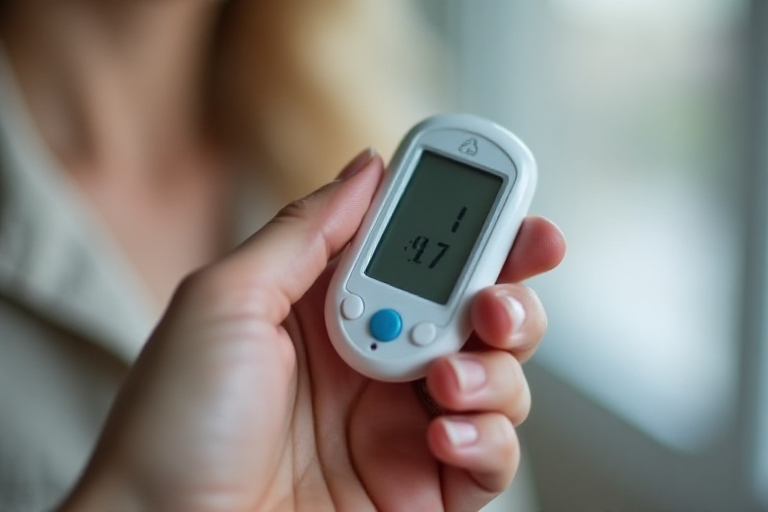
Managing diabetes effectively requires constant monitoring of blood glucose levels, and one of the most critical tools for this is the blood glucose meter. These devices have revolutionized diabetes care, allowing individuals to take control of their health from the comfort of their homes. This article delves into the importance of blood glucose meters, how to use them correctly, and tips for maintaining accuracy and reliability.
Blood glucose meters, also known as glucometers, are portable devices that measure the concentration of glucose in the blood. They are essential for people with diabetes, as they provide immediate feedback on blood sugar levels, enabling timely adjustments in diet, exercise, and medication. The process involves pricking the skin to obtain a small blood sample, which is then placed on a test strip inserted into the meter. Within seconds, the device displays the blood glucose level.
Choosing the right blood glucose meter is crucial. Factors to consider include ease of use, cost of test strips, accuracy, and additional features such as data storage and connectivity with smartphones. Some meters offer advanced features like Bluetooth connectivity, which allows users to sync their data with apps for better tracking and analysis. It’s important to consult with a healthcare provider to select a meter that best suits individual needs and lifestyle.
Proper usage of a blood glucose meter is vital for obtaining accurate readings. Here are some steps to ensure correct usage:
- Wash your hands thoroughly with soap and water before testing to avoid contamination that could affect the reading.
- Insert a test strip into the meter. Ensure that the strip is not expired and is compatible with your device.
- Use a lancet device to prick the side of your fingertip. This area tends to be less sensitive and provides a good blood sample.
- Apply the blood sample to the test strip as directed by the meter’s instructions.
- Wait for the meter to display the result. Record the reading if your meter does not store data automatically.
Maintaining the accuracy of your blood glucose meter is essential. Regularly calibrate the device according to the manufacturer’s instructions. Store test strips in a cool, dry place, and ensure they are not exposed to extreme temperatures or humidity. Always check the expiration date on the strips and replace them as needed. Additionally, keep the meter clean and free from dust and debris.
Interpreting the results from your blood glucose meter is just as important as obtaining them. Understanding what the numbers mean can help you make informed decisions about your diabetes management. Generally, a fasting blood glucose level (before meals) should be between 70-130 mg/dL, and postprandial levels (after meals) should be less than 180 mg/dL. However, target ranges may vary based on individual health conditions and treatment plans, so it’s essential to discuss your specific goals with your healthcare provider.
Regular monitoring with a blood glucose meter can help identify patterns and trends in blood sugar levels. This information can be invaluable for adjusting treatment plans, such as modifying insulin doses or changing dietary habits. It also helps in preventing complications associated with diabetes, such as hypoglycemia (low blood sugar) and hyperglycemia (high blood sugar).
In conclusion, blood glucose meters are indispensable tools for managing diabetes. They empower individuals to monitor their blood sugar levels accurately and make informed decisions about their health. By choosing the right meter, using it correctly, and maintaining its accuracy, people with diabetes can achieve better control over their condition and improve their quality of life.
